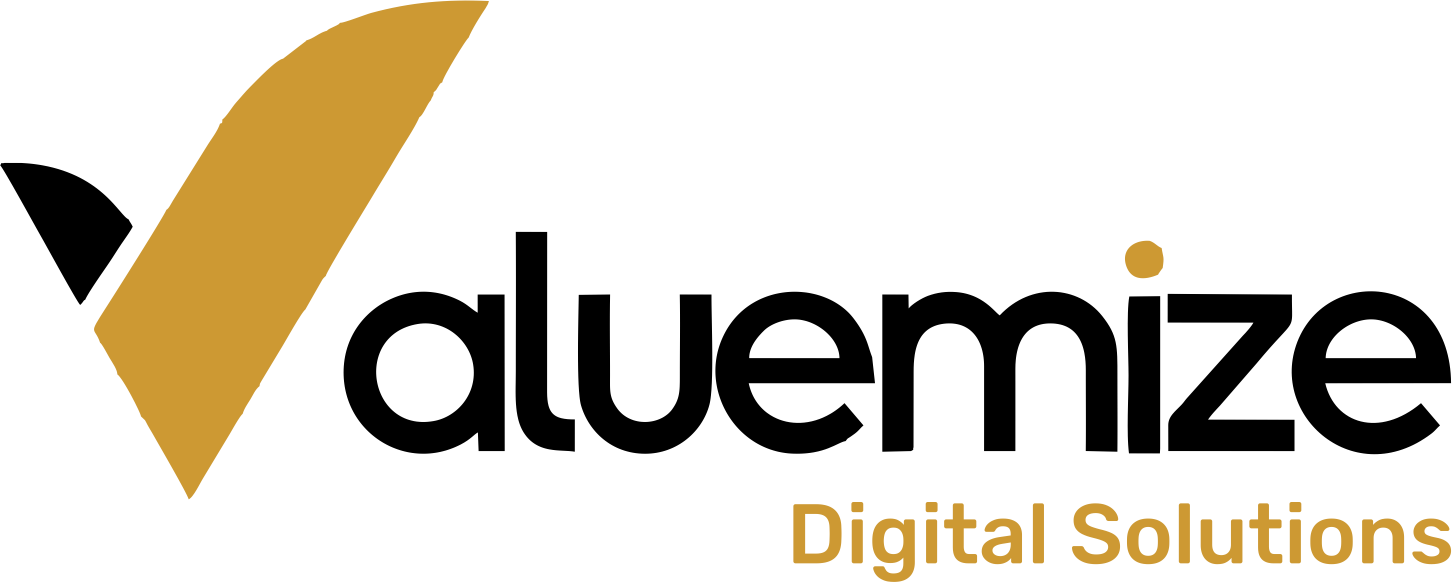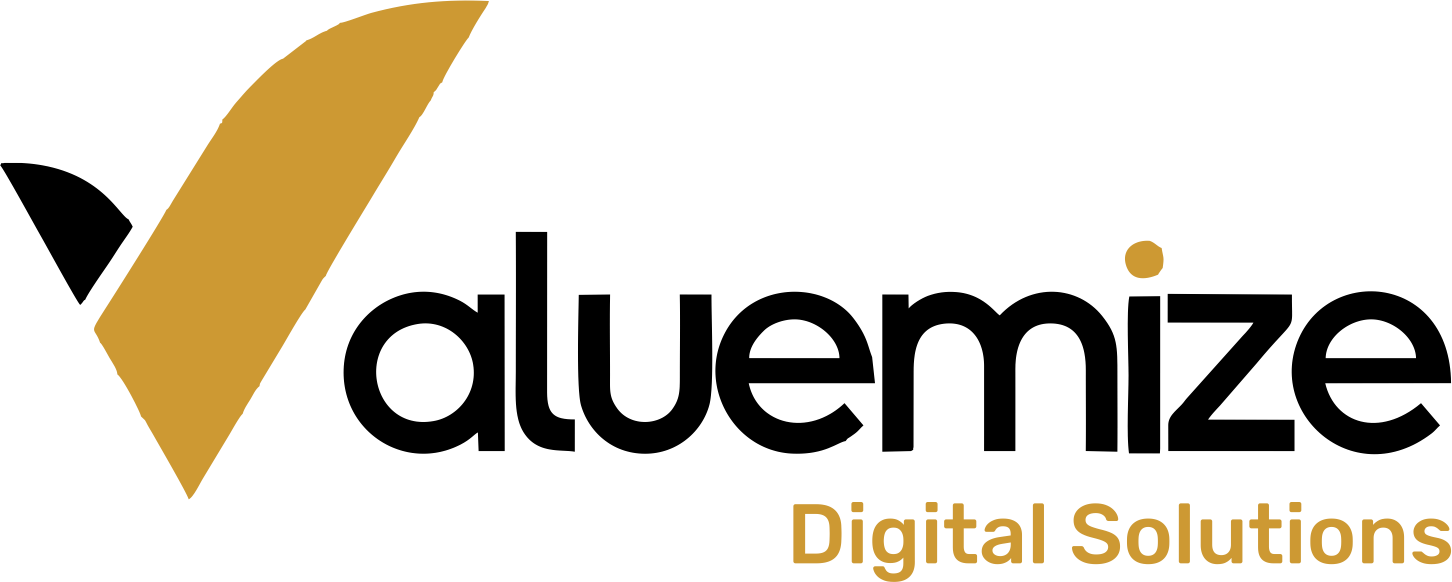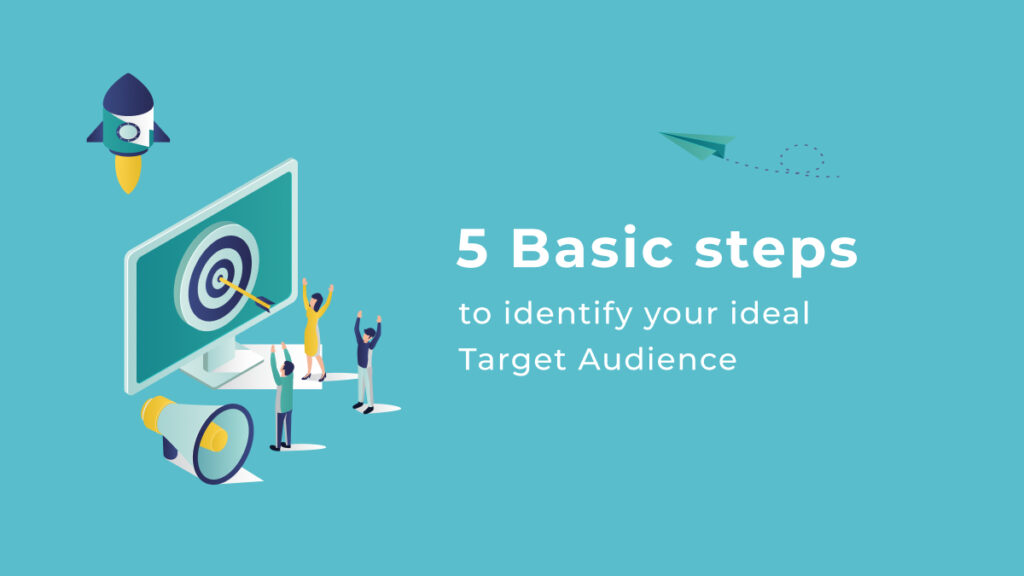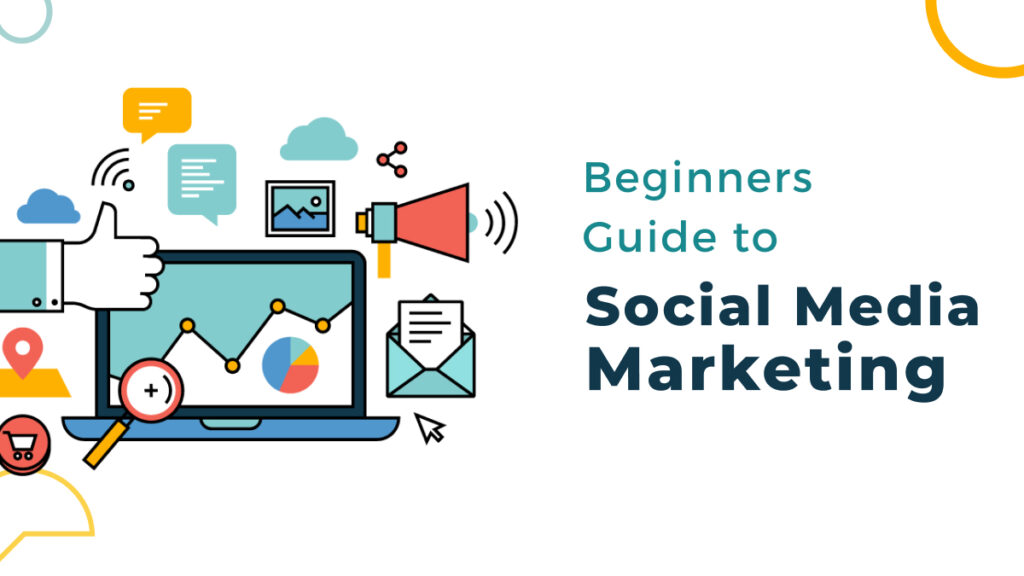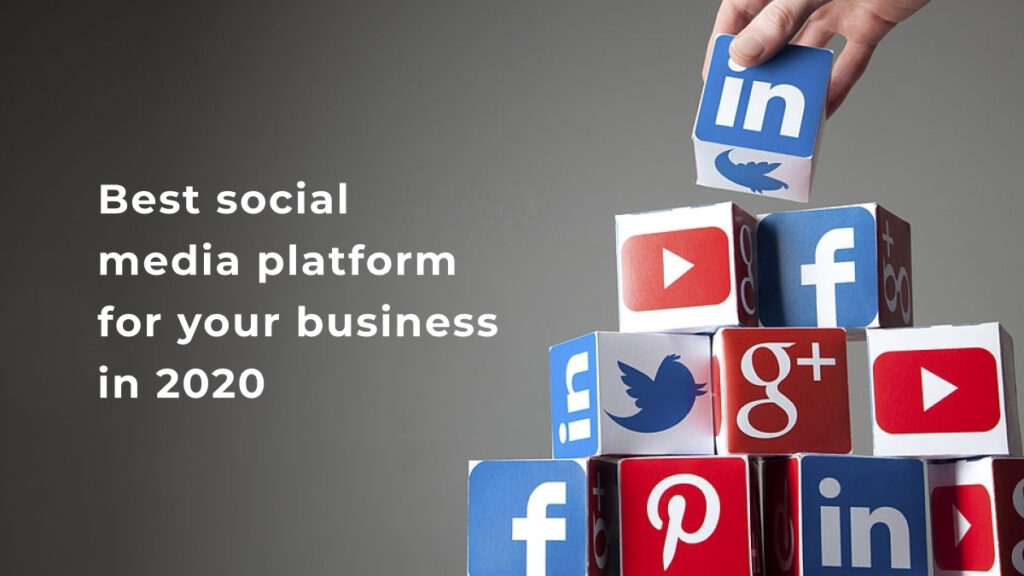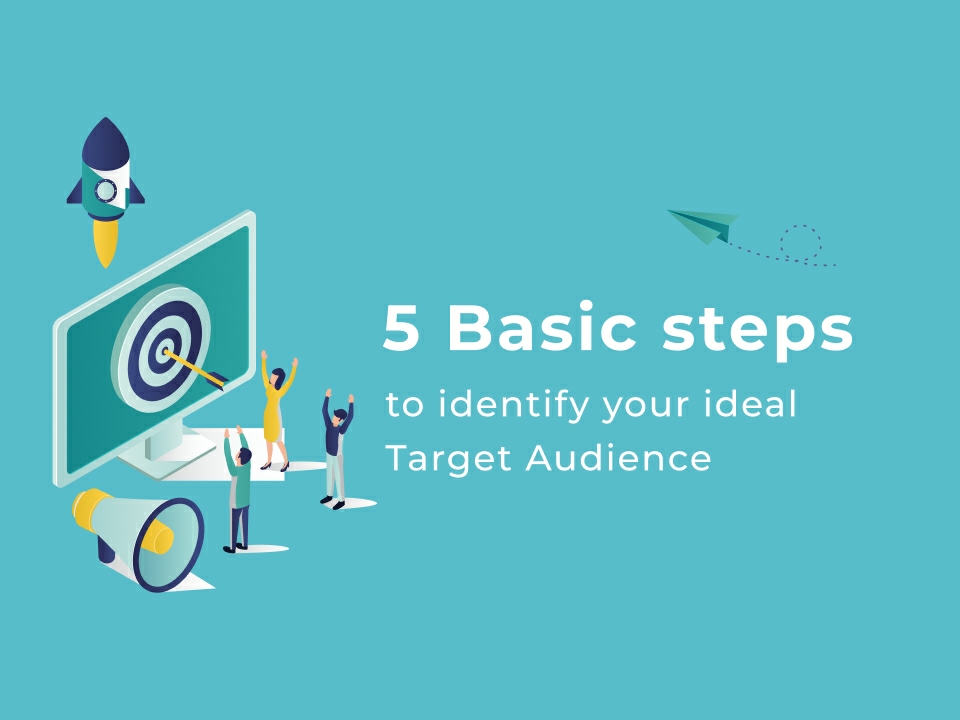
The first step in creating an effective marketing strategy on social media is identifying your target audience or demographic. By visualizing your target customer, your brand will be able to figure out whether you are focused on the right market.
Your target audience is not “everyone”. Identifying and knowing your niche is your role in identifying your social media audience so that you can conquer it.
Definition of target audience
For your social networks, a social media target audience is the particular community of individuals you want to attract. They are the ones most likely to be involved in the content, goods , or services that you provide. Some shared features, such as demographics and attitudes, possibly unite them.
Every brand’s target audience is different. Engaging yours can only be done with a thorough assessment of your audience’s unique makeup, including where they are most likely to be found on the social web. Analyzing customer demographics in a breakdown of each individual social network can make the most of your time and marketing efforts on social media.
Every product is a solution to the existing problem. You just need to understand who is facing that problem. You can do the by analysing four aspects:
Assess Audience Demographics:
This helps you to stratify common traits that you need to identify from the vast population. Consider the questions below.
Who is buying my product or service, and why?
What problem does my product or service solve for my customers and clients?
Does my product or service cater to a specific age group?
Does my product or service cater to a predominantly male or female audience?
Does my product or service cater to those in a particular geographical location?
Does my product or service cater to those who make a specific salary range?
The answers to these questions will be invaluable to the process of targeting posts when it comes time to use the paid advertising platforms on sites like Twitter and Facebook.
2. Consider Psychographics:
It helps you to understand the psychology of your audience, the purchasing pattern and the demand. Identify the following:
Personality
Attitudes
Values
Interests/hobbies
Lifestyles
Behaviour
3. Close in on Competition:
Knowing your audience will allow your activity on social media to be more thoughtful and intentional, but remember you aren’t the only one trying to grab their attention. If your company or brand is new to the social media landscape, you must also evaluate your competition’s approach to social media. Consider the following questions:
Who is your biggest competitor?
Who is your biggest local competitor?
Which social networks does your competition use?
Which social networks are the most responsive and engaging for your competition?
What types of posts or content perform well for your competition?
What times of day do you see the most engagement with your competition?
Find out more about competitor analysis
4. Current Customer’s persona
This can be an ideal persona for you to find out your target audience. Analyse your current customers carefully.
5. Analyse your own product/service:
By doing this, you will get to know the “who, what, why, where and how” of your entire product which can lead you to understand the target audience as well as how you can reach your target market.
Also, B2B companies should consider:
Company size: What kinds of businesses purchase from you and interact with you? Are they start-ups or enterprise-level brands
Who appears to make the purchase choices: do you aim the CEO? The Marketing Manager?
Bonus tip# Social networks:
Here is a breakdown of the most popular social networks for businesses and brands. Your audience may be active on multiple social networks, so familiarize yourself appropriately with each one.
Over 1.3 billion users are registered on Facebook, which is bigger than China ‘s population! It’s important to note how people use Facebook with all that noise: to establish relationships and maintain communication with old friends. This makes Facebook a good forum to develop your current client base ‘s loyalty.
The downside to Facebook is that it may be hard to reach a new audience; your posts have quite a small reach, except within your own networks, owing to its broad population.
Consider your business priorities carefully when you analyze Facebook as a possible platform. Facebook might not be your best choice if you’re trying to acquire new business opportunity, but if you’re developing a loyal customer following and you need a way to stay in contact with them, this is a great option for your company.
Twitter is an incredible platform for your brand to create awareness. The hashtag is used by Twitter, which organises discussions around a word or expression. You can discover what people are talking about by looking for hashtags, so you can design your tweets to engage in common conversations. Why would you have done that? Since Twitter may provide insight into what issues are trending, news outlets also use Twitter to find stories.
Since Twitter is also used to provide audiences with real-time updates,
For older audiences, LinkedIn has the reputation of being the most used website. It main users are between the ages of 30-49. LinkedIn, though it has a limited focus, is also peculiar to look for jobs and to network professionally. People use LinkedIn, for B2B lead generation, general networking, as well as hiring personnel.
One of the fastest growing platforms , particularly among a young audience, is Instagram. Like Pinterest, for conversation, Instagram depends on pictures. As a result, for visual-based companies such as art, food, retail, and beauty, this platform works very well.
Pinterest is a social network that enables users to share and explore new interests visually by posting(also known as pinning) material to a virtual bulletin board. The Pinterest population is dominated by female users. Recipes, style ideas, striking images, and DIY crafts are some of the more common pins.
Since Pinterest is a visual-based site, to engage users, you’ll need good visuals. Effective use of Pinterest by company has been related to good retail sales.
Though YouTube holds 1 billion subscribers, its reach goes far beyond that. To access content on YouTube, you don’t have to sign up to be a customer.
As a result, one of the biggest search engine platforms has been YouTube. Many of these queries are for videos of “How To”. Businesses in the service sector that can deliver this kind of content work well on this platform.
You’ve read through this article but still have some more questions to ask?
Then schedule a free strategy call with us. Kindly fill the form below providing us with the information required. We’ll be happy to help.
